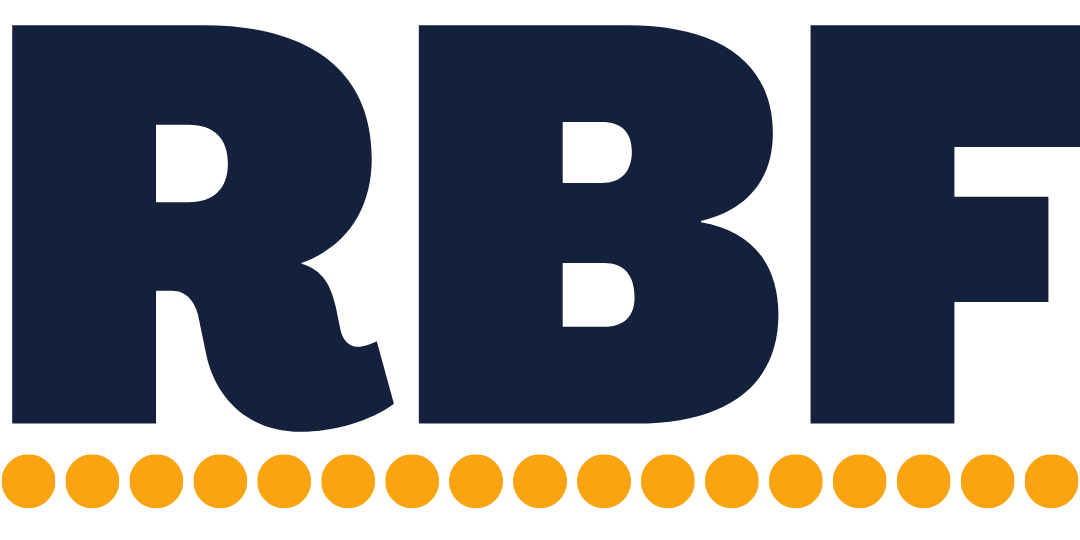What you can learn from ranking your clients
“Rank your clients then fire the bottom-tier ones” is classiccc business advice. And, it’s relatively good advice (as far as soundbites go). You shoulddd periodically prune your client list and fire the clients that are causing excessive hardship, stress, and internal issues. It’s good for business (and, your employees will thank you). But, ranking clients shouldn’t just be a means to an end. You can also gain valuable insight into your business and client base. Stopping at “well, these clients suck. Time to give them the axe,” is a missed opportunity to learn about your business as a whole and to learn about one of the most important parts of it – your clients aka the people that pay your bills.
Take your rankings a step further, reorganize your list in descending order by which tier each client fell in (eg, group A-tier clients with A-tier, B-tier with B-tier, and so on), then channel your inner 3-year-old and ask ‘why?’ about everythinggg. Figure out what differentiates the tiers. Look for commonalities that you never noticed before and challenge your preconceived notions about your client list. Really dig into it. By the end of it, you won’t just know which clients to get rid of, but why the A-tier clients are A-tier and how you can either attract more of those or improve your lower-tier clients (by either working on the relationship, service offerings, etc).
(Note: I wrote about HOW to rank your clients a few weeks ago. In case you missed it, here’s a link to the handy dandy archive.)
The firmographics of each tier:
Even if you have a dedicated niche (and you promised yourself, you’d never ever take any clients outside that niche 😤), there’s probably firmographic similarities, differences, and outliers among your clients. And, while you can see all that in your plain old, unranked client list, your normal client list doesn’t tell you how well those clients fit in your business. Just that they exist. So, after ranking your clients, add a column for firmographic data then look for 1) the main firmographic profile of each tier, 2) if there’s any outliers in each tier, and 3) if the firmographic profile of your A-tier and B-tier clients lines up with what you’ve been trying to attract.
(Note: Firmographics are kinda like demographics but for entire organizations. So, stats like industry type, employee headcount, total revenue, location, etc)
The personality of the point person:
We don’t do business with cold, faceless entities. We do business with people (that sometimes work for cold, faceless entities). And, the personality of the person on the other end of the Zoom call matters, especially in higher-ticket services. Think about the personalities and communication styles of the people you deal with at each client. While you won’t be able to change the point person, you can improve the relationship with them. For example, if all your A-tier clients are cheerier people that respect your working hours, maybe you’ll need to better enforce your working hours with lower-tier clients.
Why’d you rank clients into each tier?:
Ranking, unless done purely statistically (which yours probably wasn’t), is somewhat subjective. There’s no getting around it. You decided to bump a few B+ clients to A- and vice versa. But, why? There was something about those clients that was so attractive (or unattractive) that you decided to be the friendly & understanding professor and change their proper grades. Try putting it into words. What is it about those clients? And, your reason doesn’t need to be something super sophisticated and business-y like niche-fit or growth-potential. A gut feeling is a valid reason.
What’s holding back B-tier clients from being A-tier?:
Look at your A-tier and B-tier clients side-by-side. There is a particular ranking factor or issue holding each B-tier client back from being A-tier. Figure out what that issue is for each B-tier client and work towards improving it. (Some people might call this ‘training your clients’, but I think that’s a sorta rude way to talk about other human beings. They’re people, not dogs.) If it’s a revenue issue, try upselling other services or reevaluating their pricing. If they aren’t as easy to work with, figure out why and if there’s a better way to communicate (some people just sound rude over text, but cheery over voicenotes).
What services & addons does each tier buy?:
One of your ranking factors should’ve been revenue and profitability (or some similar metric). But, revenue and profitability don’t give you a full picture. There’s plenty of factors that can affect revenue and profit like discounts, pricing style, size of the engagement, uncollected invoices, etc. So, take revenue and profitability one step further, figure out what services each client bought from you and how you priced them (eg, flat-fee, value-based, cost-plus, etc). Then, look for trends in that info. Did A-tier clients buy the full suite of offerings? Did D-tier all buy a service you dislike offering and should phase out?
Action Item:
Reorder your client list by ranking (eg, A-tier with A-tier, B with B, etc). Look for the similarities and differences within each tier. Then, look at the differences between the various tiers and figure out why you drew the lines where you did. Your goal is to figure out what’s so special about A-tier and if it can be copied.
